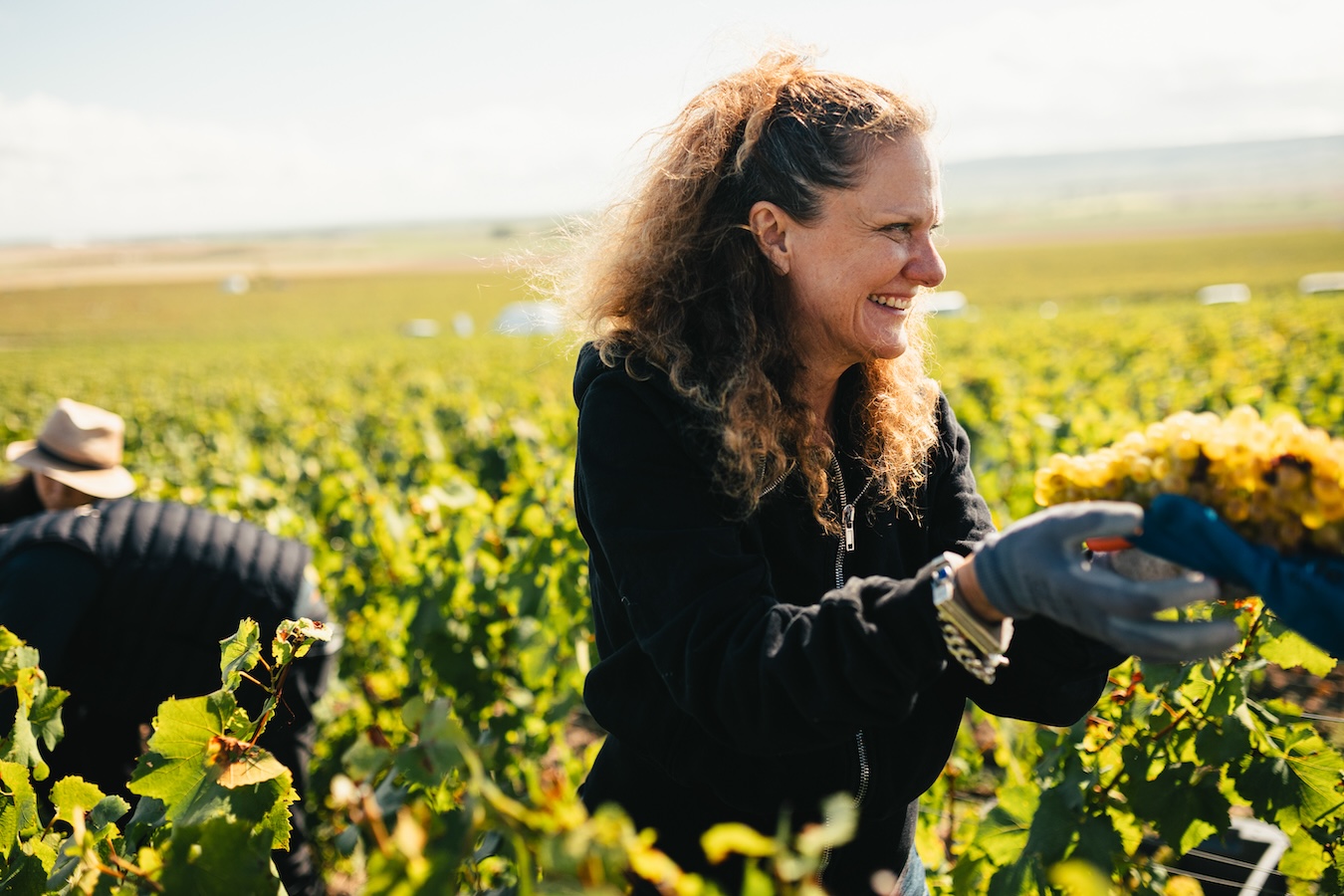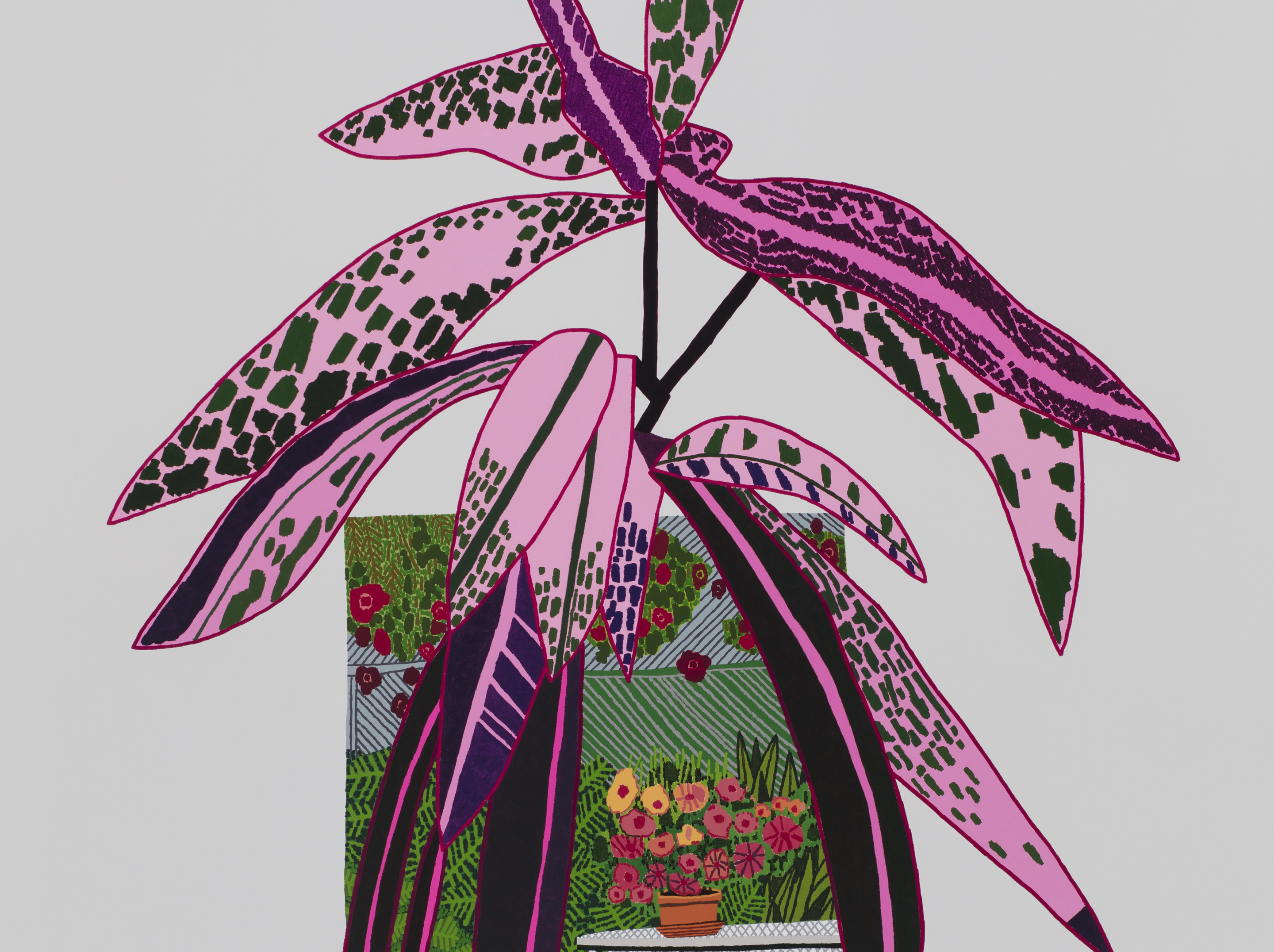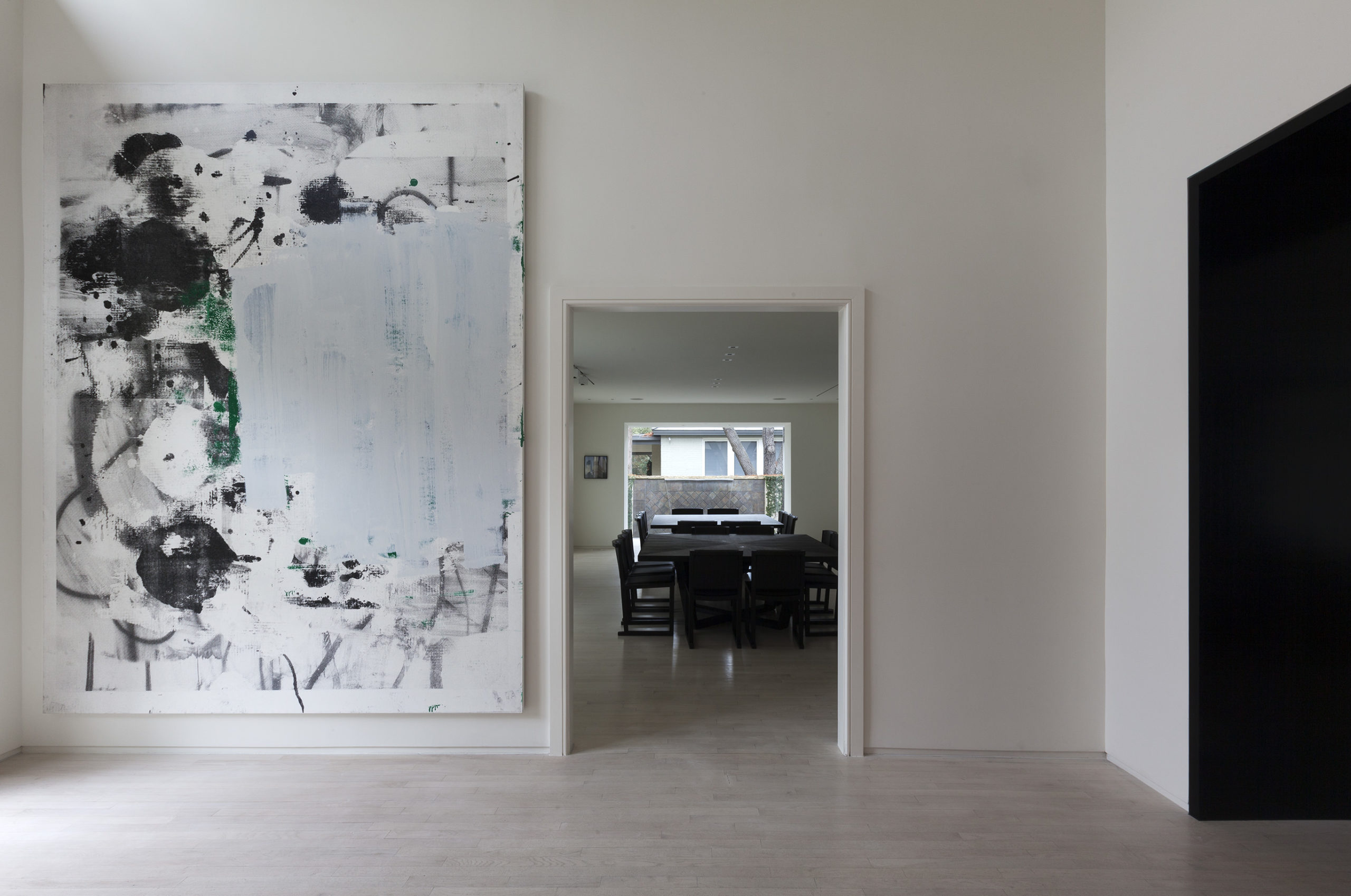While most of the national news media was in Dallas last week for George W. Bush’s painting debut or the NCAA Final Four, the fact that the Dallas Art Fair kicks off on April 11 barely registered a blip. But the fair is one of the best in the country, run smartly and efficiently, with great exhibitors bringing their wares to a Dallas art audience that is engaged and eager to learn and, most importantly, buy works of art from emerging artists.
Held at the Fashion Industry Gallery in the downtown arts district, the fair, which is presented by Ruinart, is now in its sixth year, and it only seems to be getting more international, more interesting, and bigger. The surrounding programming, uniformed under the “Dallas Arts Week” umbrella, is pretty great this year, as well, featuring shows by Richard Phillips and Julian Schnabel at Dallas Contemporary; Thomas Lawson at the Goss Michael Foundation; Robert Smithson at the Dallas Museum of Art; and Bettina Pousttchi at the Nasher Sculpture Center. And the city just installed a very photogenic Tony Tasset eyeball sculpture downtown, which is drawing a lot of attention.
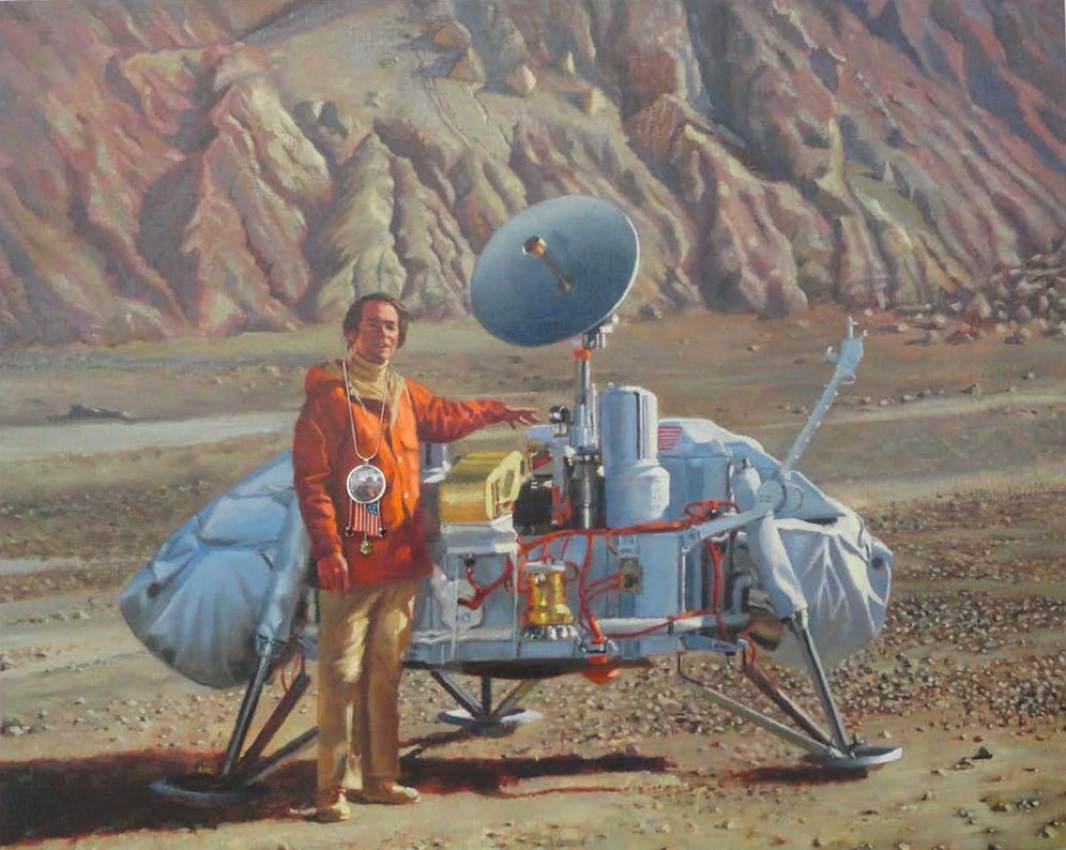
Todd Pavalisko
Sagan
2011
Whitewall sat down to breakfast in the Big D with Dallas Art Fair co-founders John Sughrue and Chris Byrne to talk about the state of art fairs in 2014.
WHITEWALL: What do you think about the whole Bush hullabaloo?
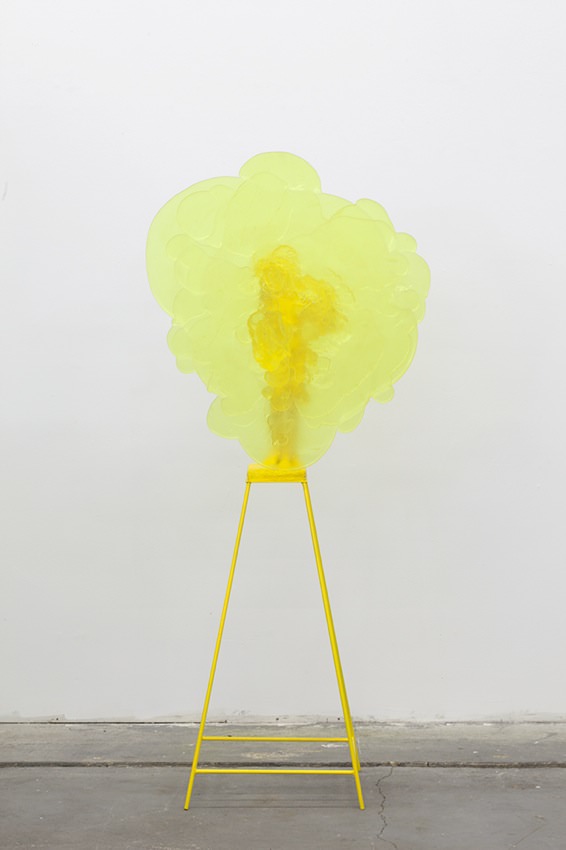
Oil, silver, rubies, and green amethyst on canvas
CHRIS BYRNE: I find his performance period, when he was president, better.
WW: That’s really funny.
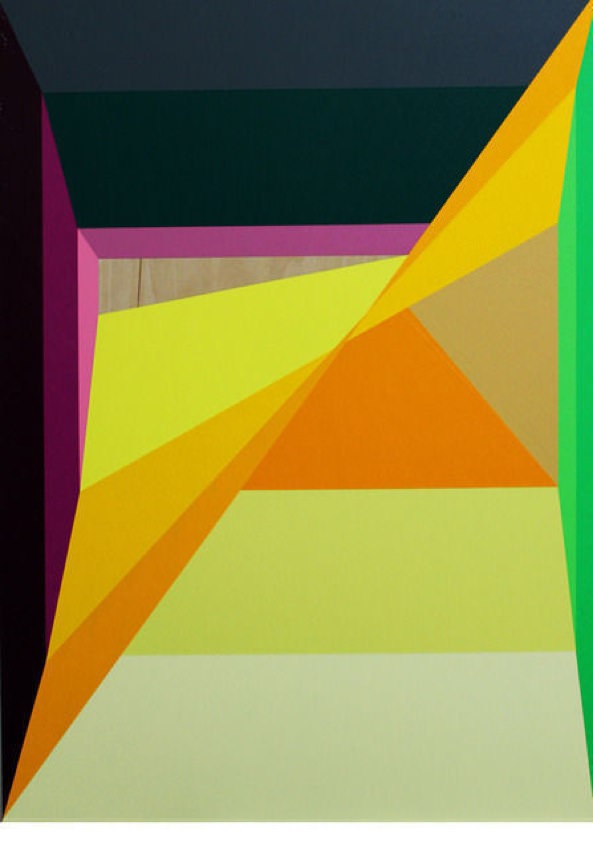
24 x 30 inches
JOHN SUGHRUE: I think the folks who are coming in for the art fair all have an interest.
WW: What is the state of Dallas right now?
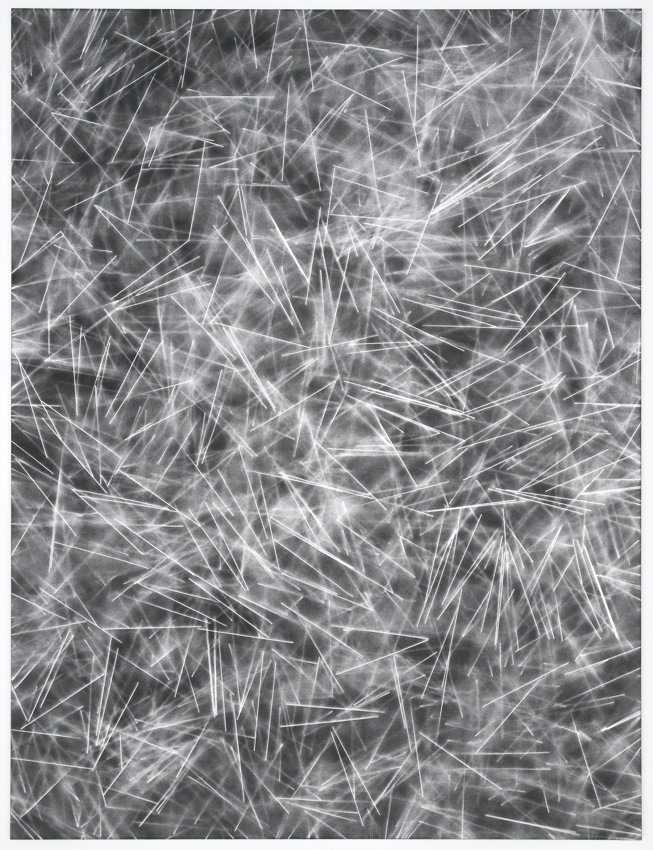
Courtesy of the artist and Samsøn
JS: I think Dallas is going through that moment in time like L.A. did 20 years ago. I’ve been here 25 years, and I think this is that moment in time for Dallas. It might be a decade where the city really transforms itself into becoming more centered, denser, more sophisticated, more diverse, more international.
CB: There’s much more connectivity between Dallas and the rest of the art world.
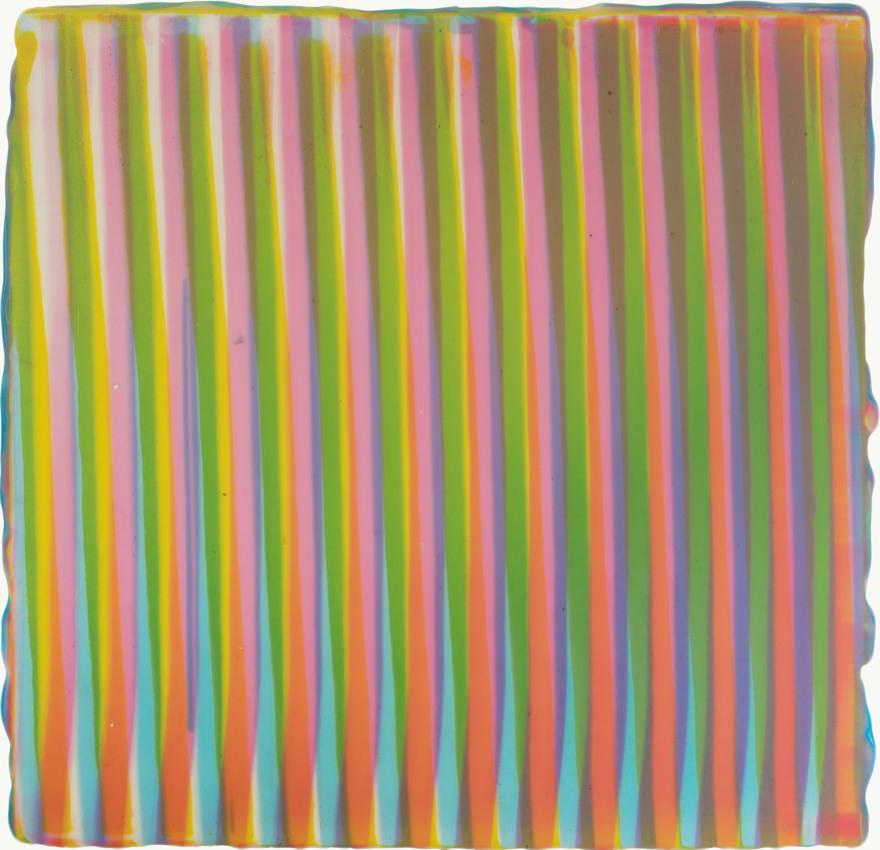
Nick van Woert
Untitled
2014
WW: Who are the biggest collectors here?
CB: The famous families, who made the post-war gifts to the Dallas Museum, were the Rachofskys, Deedie and Rusty Rose, Marguerite Hoffman, and the Stoffels, and obviously Raymond Nasher. The real question about every art fair outside of New York or Miami: is there a younger generation of people who are interested? Christen and Derek Wilson, they’re big collectors in the next generation, and Alden Pinnell, who owns [the art space] Power Station.
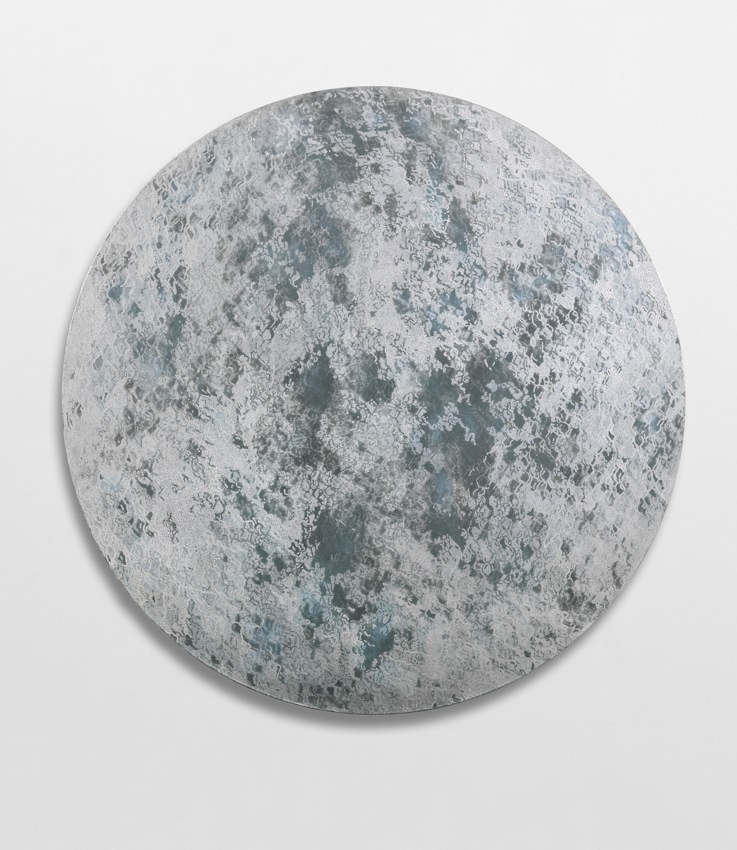
Pigmented urethane plastic, fiberglass statue, and steel
JS: In the last 10 years, we had the über-collectors getting involved with gifting to the Dallas Art Museum. Now there’s a whole new breed of younger collectors. There are people with resources here; it’s a prosperous economy. In the past, we had outreach programs in Oklahoma City and Houston, and this year, we have more outreach programs here in Dallas. We’ve come to realize that we can recruit people to come here, but the collectors are already here. They want mentorship [from gallerists], they want to have more familiarity with the whole process of what being a collector means, they want to know how to talk to [gallerists], and they want to know if they can negotiate a discount. As producers, we’re part of this process of education. These folks are accomplished in their professions and they don’t want to be the dumb guy at the card table.
WW: Is there a sense that people are interested more in learning about the art than speculating? Or are people are interested in value?
JS: A lot of the new collectors are friends of mine—business people—and they’re not speculating, because they’re making money in their businesses, whether they’re a bond trader, in oil and gas, or in real estate. They’re not looking at a piece as a speculative investment, but they do recognize contemporary art is considered by many now to be an asset class, and they want to understand the dealer and the artist, because they don’t want to just throw money away.
WW: How has Dallas changed since the first Dallas Art Fair?
JS: Over the course of five art fairs—about to embark on the sixth—I can walk into friends’ homes, and what I see is the expensive tchotchkes coming off the walls and Xylor Jane from CANADA gallery being in its place and being a prized possession, and the collector looking forward to the next art fair, and doing research.
WW: Where would you say that the Dallas Art Fair is in comparison to the other fairs?
JS: I don’t parse between fairs. For me, I look at cities. We’re not New York, and we’re not Miami—we’re not close. But I think we’re better than Chicago. I think the collector base is at least as strong. Chicago is a big city, and an established city, and there’s a lot of wealth there. This is a younger city, but there are new fortunes being made every year. And if you’re into buying art here, you’re not buying Old Masters; you’re buying contemporary work. There’s leadership here in this city from the über-collectors, who are also civic leaders—Deedie Rose and Marguerite Hoffman in particular—and they make sure that this new wealth has a great interest in supporting the arts.
WW: I feel like Dallas is still a bit under the radar. Is there a benefit to that?
JS: What I like about Dallas is that it’s a very inclusive city. If you’re willing to work hard and contribute to the Dallas community, you are welcome here. For some reason or another, the ethos of the city is that people are pro-growth, pro-business, and as part of this inclusiveness, there’s a quid pro quo, which is that you give back. There’s a history of boosterism.
WW: Is that southern hospitality?
JS: There’s a collision of cultures here. The East peters out in Dallas, and the West begins in Fort Worth. But we’re also Southern, and there’s that Southern hospitality sense of relationship building, whereas New York is more transactional. And then there’s this concept of Texas: the independent, sovereign nation that came into the Union. That breeds a can-do entrepreneurial spirit. So, how could being a younger, smaller, tier-two city be an advantage? We have the community of Dallas supporting the Art Fair.
WW: I think the thing that makes a city’s arts community sustainable is that there are more arts programs and more artists living and working in Dallas. Do you see that as something that’s growing?
JS: I totally agree. To be a true cultural center, we can’t just have these private and institutional collections; it’s about having a vital artists community. We’ve been helpful by giving the Texas and Dallas galleries exposure to a national and international audience. Now there’s a whole generation of artists that returned to Dallas like Michelle Rawlings. We have David Bates—the occasional international arts superstar—but as we’re going through great prosperity and a cultural renaissance, my question is, “Who’s going to be our next David Bates?” In my mind, you’re not a cultural center unless we’re in the position to promote a talented local artist community onto an international stage. Are we there? No. Are we getting there? Yeah, we are.




